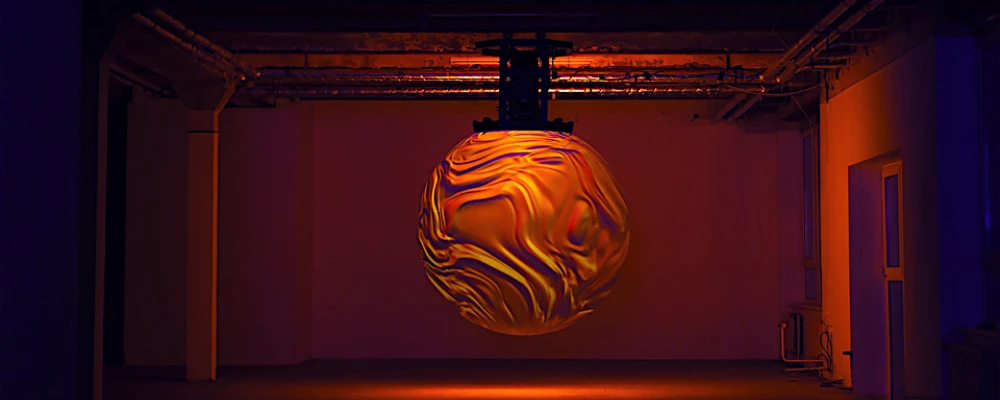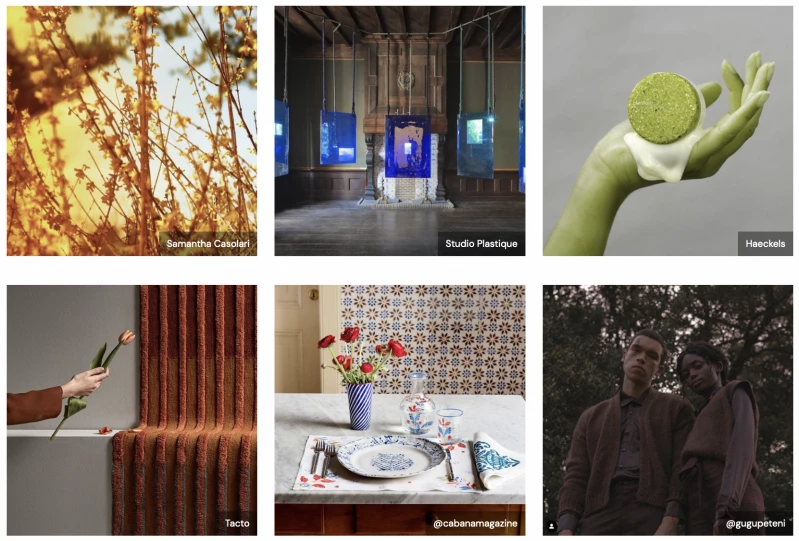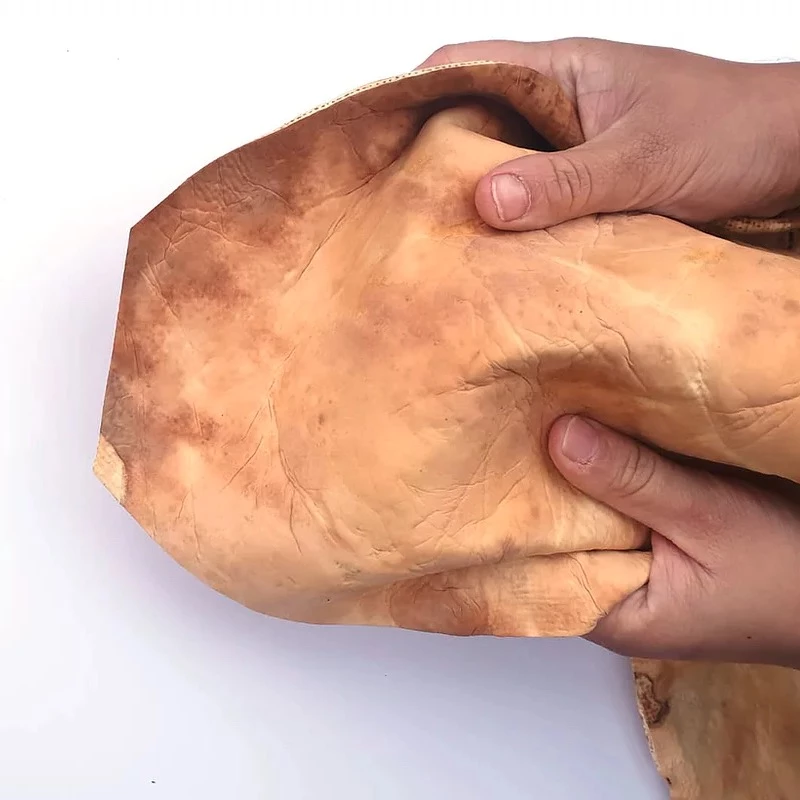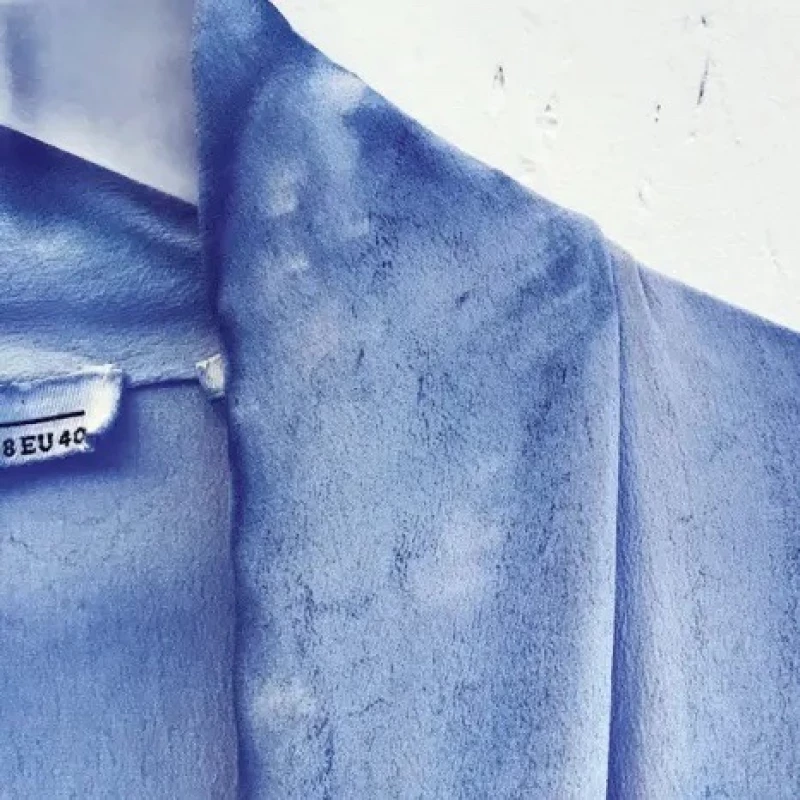
Fashion Trend Forecasting: Vision, Colour and Materials 2022
Fashion was one of the biggest industries to take a hit from Covid-19 in the past couple of years. The new reality that consumers had to face due to the pandemic highly changed their needs and demands. Fashion, and within that, fashion trends had to change and reshape in order to serve and satisfy consumers.
In this article, we take a look at the trend forecasts for Spring Summer and Autumn Winter 2022: what are your customers desiring for a purposeful and conscious life post-pandemic yet amidst a climate crisis? And what should brands be creating to provide a calming yet fulfilling and transparent mode of participation in fashion consumption?
Thumbnail image: ANIMA Studio (Nick Verstand) via Trend Tablet
Key trends
Sustainability: from a “nice to have” to a “must have”
Consumers place more importance on their needs versus their wants, in order to focus on minimising climate impact and waste, while maximising value at every stage of the product life cycle. More and more fashion brands start to acknowledge the reality and importance of the climate crisis and start adapting new values and business models encouraging consumers to live more sustainably and stress-free.
Impulsive and excessive buying behaviours are being replaced by purchases that serve a purpose or a cause. Consumers prioritise conscious consumption, conscious commuting and conscious corporate care since there has been a significant shift from 'think green' to 'be green’. Designing items that can be remade, reused or resold will educate and incentivise people to be active in circular systems.
Fashion brands and designers will aim to reduce their energy and waste emissions to the maximum, adapt sustainable strategies to leverage favourable terms between brands and banks in the future, and transition from the conscious capsule to the conscious core during 2022. Developing trust and reliance with the consumers will be one of the primary goal of the brands during the following year.
The Fear Factor
With anxiety and uncertainty dominating our lives the past months, consumers are seeking brands that reinforce for them a sense of security and calm. With rates of depression and anxiety at crisis levels, mindsets are shifting to prioritise physical and emotional safety. Companies that can establish trust, be transparent and protect privacy will win.
For brands it will be necessary to create calming in-store environments with meaningful details to alleviate stress and soothe anxiety. Stores will become a space for people to slow the pace of life down, encouraging more hands-on and mindful rituals.
Getting digital
During the pandemic there was a significant increase of the use and incorporation of technology in our daily life. Digitalisation has became one of the hottest trends for the next few years.
In 2022, brands will start to experiment with gamification and digitalisation. Innovations like this will open up opportunities to sell digitally-rendered garments to consumers as they become familiar and comfortable with this technology. The connection between platforms, communities and influencers will be streamlined, fuelling influential product tie-ups.

From macro to micro
Over the next years there will be a significant shift towards local micro communities, creating a new era of relevance for local products, and lower-impact lifestyles. The shift to social commerce will revolutionise the way fashion is consumed, and we will see the term “local” redefined to mean not just “physically proximate” but also “socially close”.
As the former president and CEO of Walmart US, Greg Foran, had stated, “Now we’re focused on further strengthening our role in communities, transforming our community-giving and deepening our local relationships". Globally, consumer interest will shift to micro markets and they will notice a significant increase in the appetite for new ideas as these narratives grow.
Consumers are starting to adapt a more conscious buying behaviour in choosing to purchase from brands that have a positive impact on society, rather than from bigger global fashion companies.
Colour Forecasting
Consumers shift towards sustainability, and nature is reflected and highlighted in the forecast of future trends for 2022. Colours are rooted in nature, but also have an unnatural edge, making them adaptable for both online and physical contexts.

According to WGSN, colour forecasting for the upcoming season shows that neutrals will again be a key part, providing a foundational option for seasonal collections. Update classic neutrals with the warmer mineral-infused tone of Wild Mushroom. This earthy colour has a primitive, elemental characteristic. This emotional connection alongside a sustainable mindset will drive the use of plant-based dyes, which is already a well-established practice within brands. Therefore, natural green will remain key for S/S 22.
Consumers are also seeking energy-boosting colours that can elevate their mood and daily routine. Mango Sorbet is a vibrant tropical orange infused with a hint of yellow, offering a move-on from the golds currently on the market.


Trend Forecasting
Smart-casual attire without sacrificing comfort and style is going to be one of key fashion trends during the next year.
The casualisation of our wardrobes during the pandemic period will be transferred into the future, while easy-to-wear and laid-back styles continue to dominate. The desire for comfort we tracked across the pandemic remains relevant, seeing soft, quilted/padded styles surge.
As flexible working, outdoor living and travelling are slowly returning back to our reality, styles that range from ultra-casual to smarter businesswear will direct fashion. As consumers continue to live a hybridised work/home life, modular dressing, particularly items that can be layered, such as the gilet or shirt-jacket pick up pace.
Material Forecasting
Sustainability and ethical design will be one of the key trends during the next year.
Resource scarcity will result in design re-solutions that focus on regenerative fibres, waste management, circular systems, and supply chains that are both ethical and transparent.
Bio-materials derived from agriculture will reap benefits for sustainable fibres and plant-based materials. Matte texture will bring a restorative mood to spaces and products.


Images: Mykkö mycelium leather and Post Carbon Lab's microbial colouration on a preloved garment
[Learn about Circular Design Principles with Mykkö co-founder Aurélie Fontan, and about Speculative Design with Post Carbon Lab's co-found Dian-Jen Lin.
Interested in understanding why trends in fashion still need to be considered when you are a responsible business? Learn more in our Masterclass on Trends And Trend Forecasting For Sustainable Fashion Brands.
